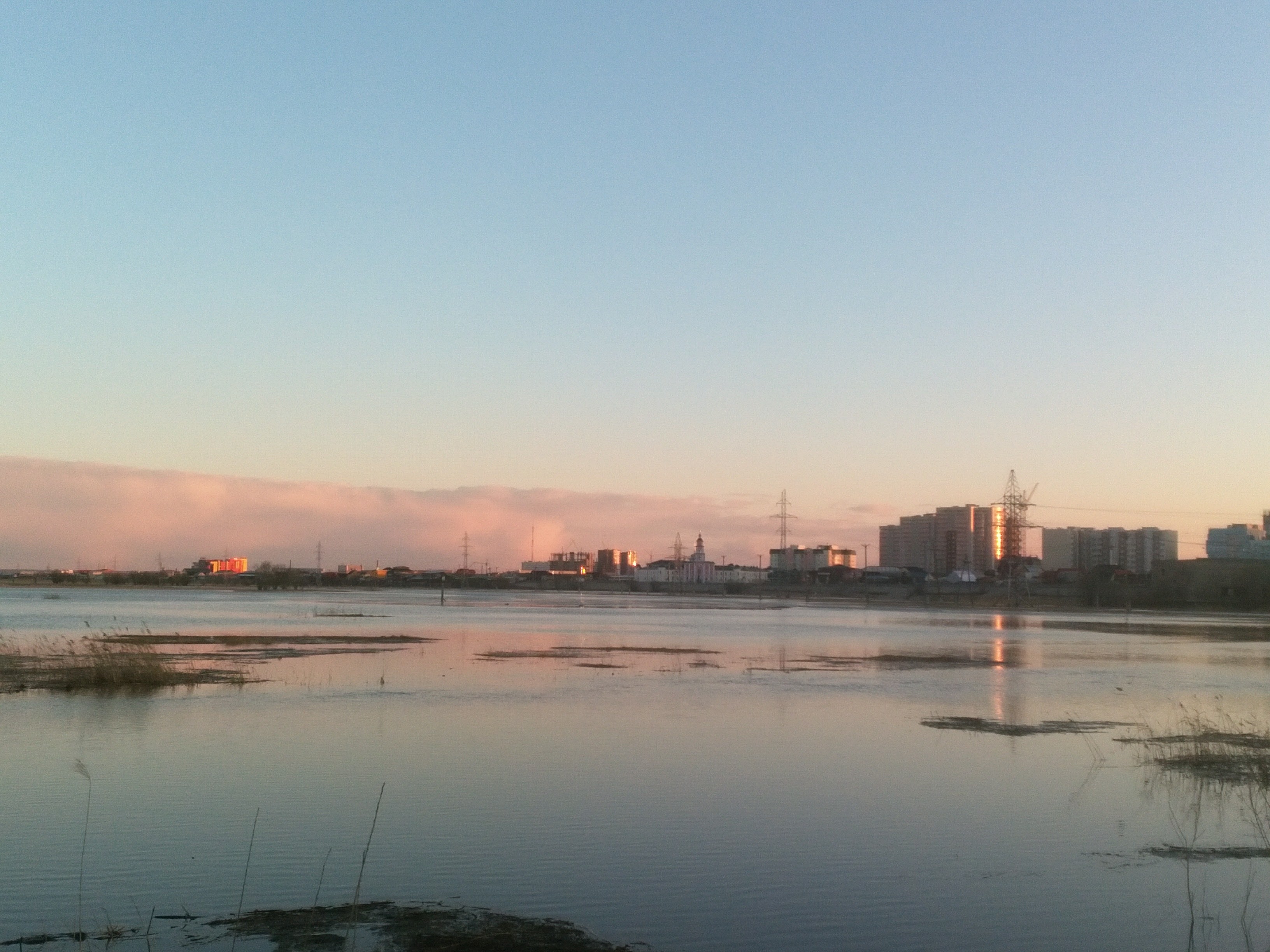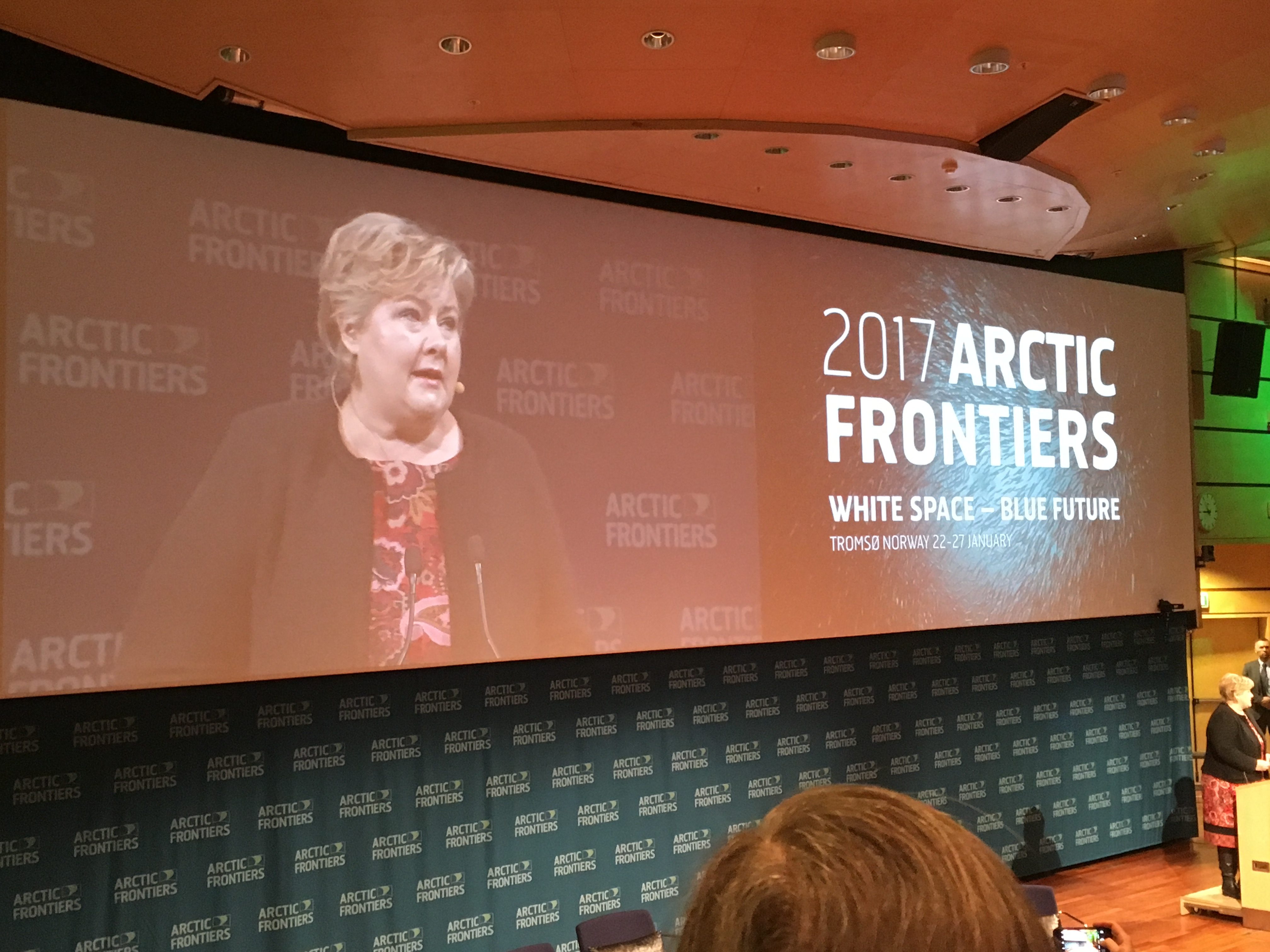Reflections on Fieldwork in Yakutsk
By Ksenia Mokrushina – SKOLKOVO Center for Urban Studies, Moscow The coldest city of its size or larger on the planet, Yakutsk is impressively vibrant and rich in cultural and urban life. Over the past 50 years it experienced an explosive population growth of 300% and is still actively attracting…

